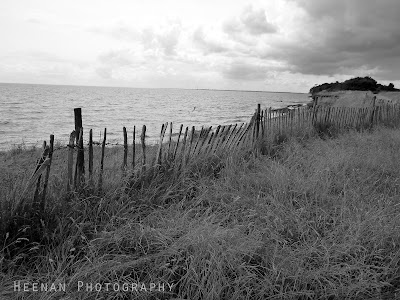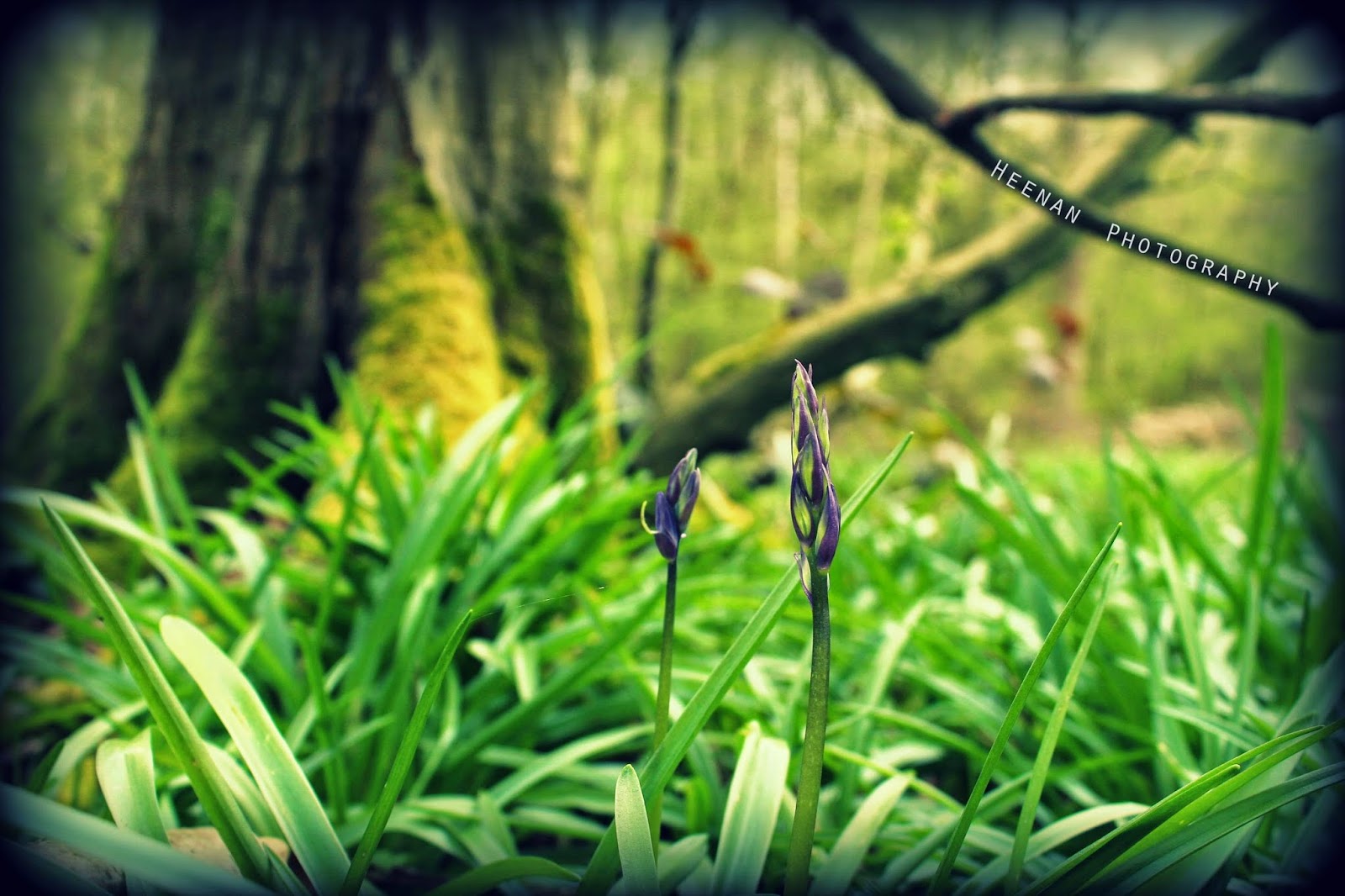It was believed these flowers were sacred to fairies, and therefore it was unlucky to bring them indoors or include them in May Day garlands (nature's calendar, wikipedia).
Sunday, 13 March 2016
Cuckoo Flower
It was believed these flowers were sacred to fairies, and therefore it was unlucky to bring them indoors or include them in May Day garlands (nature's calendar, wikipedia).
Friday, 18 December 2015
On The Naze
The Naze, a headland on the east coast of England, lying just north of the Essex town Walton-on-the-Naze and jutting out into the North Sea. "The Naze, as well as being a natural open space, is a Site of Special Scientific Interest (SSSI) famed for its fossils..." Walking on the shore, we found a left-handed whelk shell, Neptunia contraria, a fossil from 3.6 to 2.6 million years ago.
Labels:
black and white,
Essex,
landscape,
sea
Thursday, 30 July 2015
Summer Posterchild
 |
| "Summer Posterchild" |
The gold and green vista of an English meadow was once a common sight in Summer. Such a sight is much rarer now, as 97% of the UK's meadows have been lost since World War II. This photo was taken at Langdon Hills Country Park in Essex, part of the Langdon Living Landscape. The Country Park's meadows are varied; some were improved for agriculture in the past and are gaining in wildlife interest through appropriate management, while some fields were already glorious with wildflowers. Three of the fields are important enough to be designated as Sites of Special Scientific Interest.
Location:
Langdon Hills Country Park, Essex, UK
Saturday, 23 May 2015
Langdon Hills: Feeling Blue
 |
| "Feeling Blue": Common Blue Butterfly, Langdon Hills, Essex |
The larvae of this butterfly feed on Bird's-foot Trefoil (Lotus corniculatus). Adults will also feed on Bird's-foot Trefoil, and a variety of other plants besides (read more at www.ukbutterflies.co.uk).
Many of the butterflies in the Lycaenidae family have interesting relationships with ants. The chrysalis of the Common Blue attracts ants that protect it from predators. Larvae can also produce nutrients to feed ants (read more on Wikipedia).
Labels:
butterfly,
Essex,
grassland,
Langdon Hills,
macro
Location:
Langdon Hills Country Park, Essex, UK
Saturday, 18 April 2015
Bluebells Arising
Spring is most definitely underway here in the UK, and the signs are all around us. In the Langdon Hills this means some superb swathes of bluebells are soon to carpet the ancient woodlands with blue, and sweetly scent the air. Some woods on the ridge put on their display of bluebells earlier than others due to aspect and other factors, but suffice to say that it will be well worth visiting the various woods over the next few weeks.
Here you can see the first bluebells emerging in Martinhole Wood in Langdon Hills Country Park, and the dense mat of bluebell plants on the ground here presage the plenitude of flowers yet to emerge. The presence of these flowers here, plus others such as lesser celandine and wood anemone, indicate the age of the woodland. Bluebells are protected by law, so please remember not to pick them... Take a photograph, it will last much longer anyway!
Location:
Langdon Hills, Basildon, Essex, UK
Subscribe to:
Comments (Atom)


